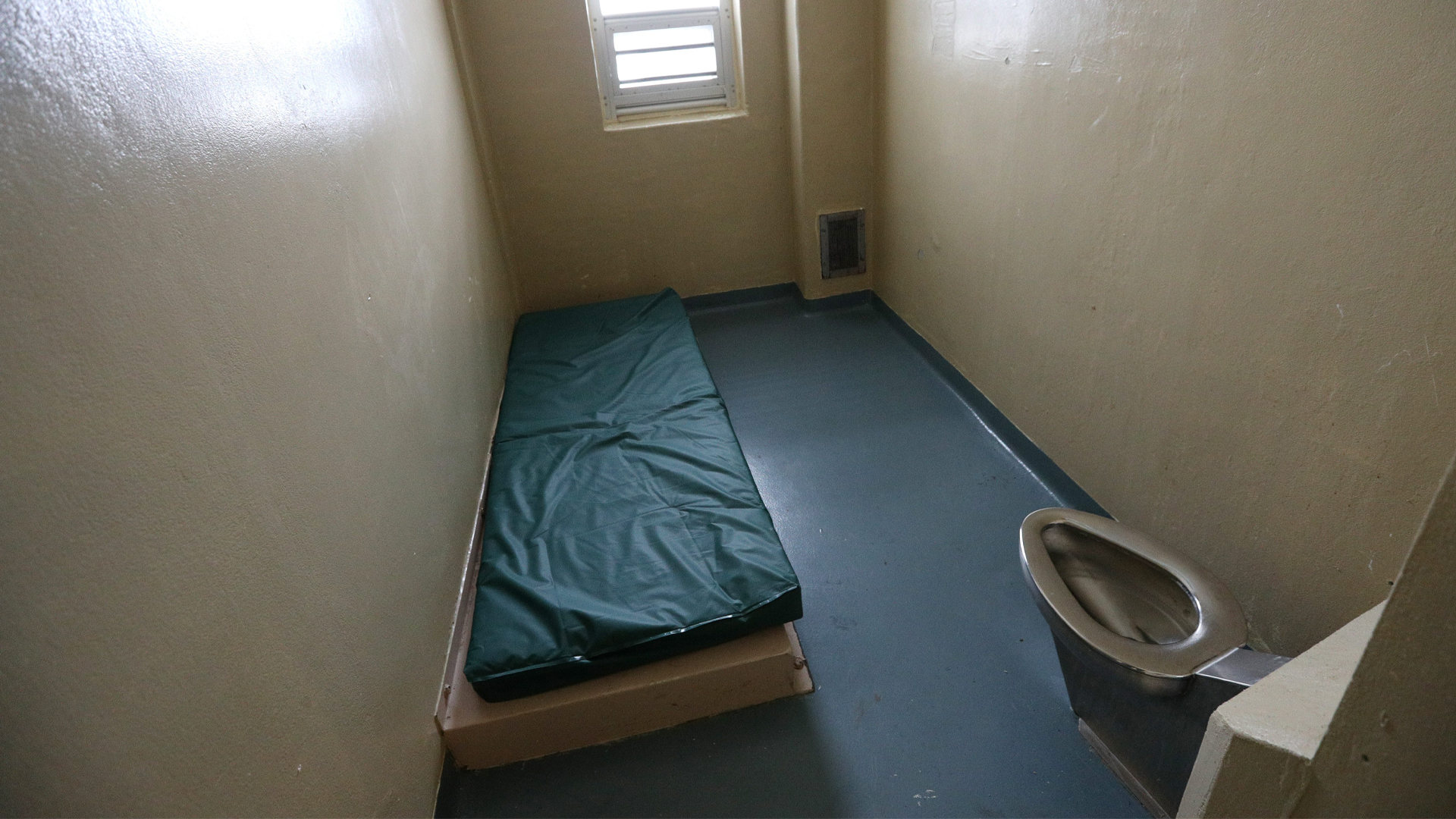
(This article has been translated into French.)
According to the Canadian government, November 30th, 2019, marked the end of solitary confinement in Canada. Yet, people in prison continue to be placed in solitary confinement in a variety of ways, in contravention of their Charter rights.
Structured intervention units (SIUs) were implemented by the Correctional Service of Canada (CSC) just over two years ago to replace an administrative segregation regime that was deemed to be unconstitutional. The Ministry of Public Safety suggested that SIUs were designed to be a more humane way of separating people from the general prison population, with more time out of cells and more “meaningful human contact.” This change was supposed to be part of a “historic transformation” for federal corrections – a move that was supported by the public.
The truth is, however, that there is no humane way to hold someone in solitary confinement. Whatever the form of solitary confinement – SIUs, mental health monitoring, lockdowns, dry celling – all are characterized by constant observation, intense isolation and severe mental health implications. Instead, there must be security practices implemented that require CSC – and the government – to see the people in prison as, just that: people. The question, then, is not what the alternatives to solitary confinement are, but why CSC is not willing to use them?
In November 2021, another particularly harmful form of solitary confinement – dry celling – was also deemed to be unconstitutional by a judge in the Supreme Court of Nova Scotia.
Dry celling is a cruel practice whereby a person in prison who is suspected of carrying contraband is held in an isolation cell under direct observation, without running water, with the lights on 24/7, and with limited human contact (including to legal counsel). For people suspected of carrying contraband in their vagina – a cavity from which objects take a longer time to be expelled, if they can be expelled at all – the law permits them to be held for an indefinite period of time. For Lisa Adams, who was the complainant in the case before the Supreme Court of Nova Scotia, this meant being held for 16 days in solitary confinement in the Nova Institution.
Judge John Keith struck this section of the law, in its entirety, for being in violation of section 15 of the Charter noting that incarcerated people “reasonably suspected of carrying contraband in their vagina are forced to take on additional burdens in terms of both the risk of dry cell detention and the length of dry cell detention.” The harm, he wrote is: “negative” and “significant.”
This decision is an important win for the rights of people in prison – but it needs to go further.
Dry celling – and any form of solitary confinement – is cruel and unusual punishment and contrary to one’s rights to life, liberty and security of the person: a violation of Canada’s Charter.
Reports released by researchers Jane Sprott, Anthony Doob, and Adelina Iftene as well as the Office of the Correctional Investigator – in addition to our own experience monitoring the conditions of confinement in the federal prisons designated for women – make it clear that solitary confinement is a form of punishment that is disproportionately used against Black people, Indigenous people and people with mental illnesses. This is yet another violation of section 15 of the Charter.
Judge Keith has given the federal government six months to change the law to bring it in line with the Charter. The Canadian Association of Elizabeth Fry Society (CAEFS) and others have been clear that we cannot reform what is fundamentally torture. The practice of solitary confinement known as dry celling can and must be abolished altogether and the government can achieve this by removing the practice of dry celling from the legislation.
Those in the Correctional Service of Canada (CSC) have held that dry celling and other practices of solitary confinement are necessary to the operation of the prison, but The Corrections and Conditional Release Act makes clear that the purpose of the federal correctional system is to carry out the sentences imposed by the courts “through the safe and humane custody and supervision” of people in prison and that they should do this by utilizing “the least restrictive measures.”
Rather than continuing to use archaic static security practices, CSC should prioritize the use of dynamic security practices. Static security practices rely on the structure of the building; dynamic security practices rely on relationships. According to CSC’s own directives, dynamic security practices can include rapport building, communication, being positive role models, and being attuned to signs of mental or physical distress.
The time is now for the federal government to act to protect the rights and the humanity of the people in prison by ending the practice of solitary confinement in Canada.












